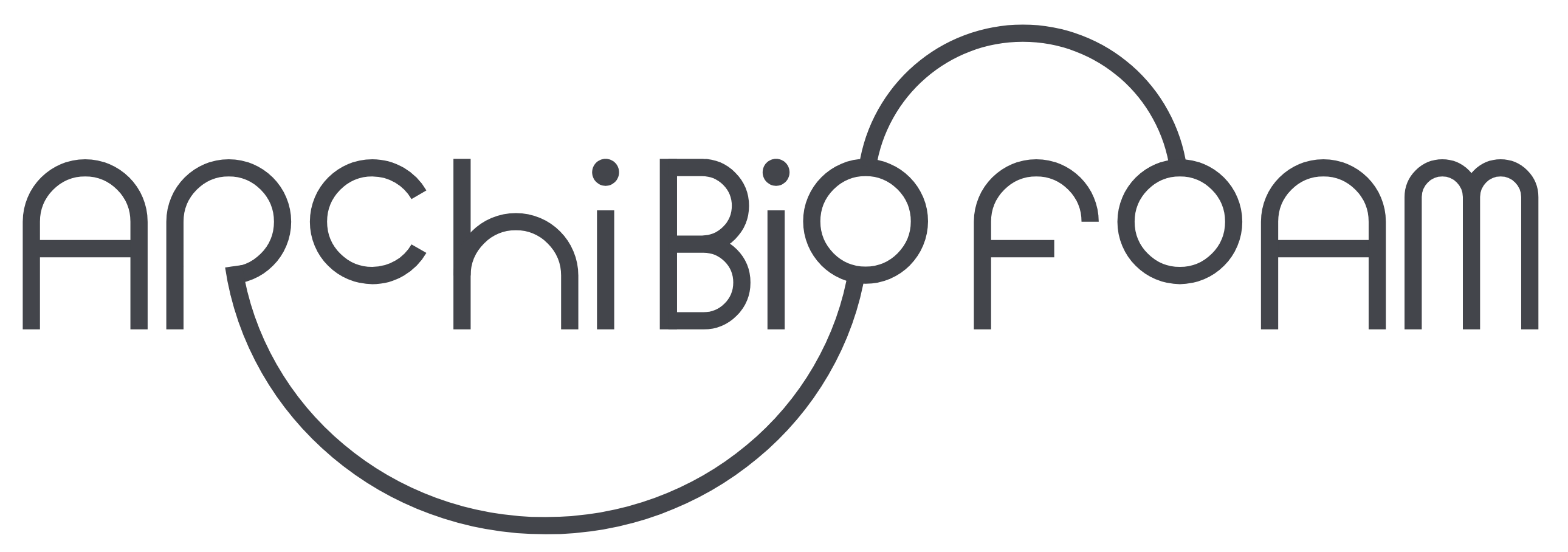
ArchiBiofoam
The ARCHIBIOFOAM project aims to develop single-material, multifunctional systems for architecture by creating biofoams that can change shape and bear loads using robotic 3D printing. By integrating biobased materials, computational design, and advanced fabrication, the project will produce biofoams with customizable properties that respond to environmental stimuli like temperature and humidity. These biofoams will serve both structural and adaptive functions at architectural scales, eliminating the need for layered materials and reducing carbon emissions. The project promotes sustainable construction by using recyclable, compostable materials to replace traditional, energy-intensive building methods.
Contributing Organizations
Aalto University
Aalto University is a public research university in Finland. Famous for the close collaboration between the scientific, business and arts fields, it is intended to foster multi-disciplinary education and research.
University of Stuttgart
The University of Stuttgart is a research university located in Germany. It is one of the oldest technical universities in Germany with programs in civil, mechanical, industrial and electrical engineering, among other programmes.
University of Milan
The University of Milan (UNIMI) is a a public research university in Italy. It is one of the largest universities in Europe, with about 60,000 students. The University is the only Italian member of the League of European Research Universities (LERU), a group of twenty-one research-intensive European universities.
Woamy
Woamy is a spinout from Aalto University, which was conceived from the insights gained during the Foamwood research project. This led to the creation of unique patented biofoam technology, which mimics the directional strength of wood. The outcome is a high-quality solid foam, exceptional in its strength and remarkable for its lightweight nature.
Project Objectives
Objective 1
Create a 3D-printable biofoam material with programmable properties
Objective 2
Develop a computational design algorithm for optimal metamaterial structures
Objective 3
Fabricate loadbearing and shape-changing components at architectural scale

Work Packages
WP1
Engineering biofoam materials microscale for macroscale functionality
Objective: To improve the properties and functionalities of biofoam materials
WP2
Computational design of biofoam-based metamaterials
Objective: Develop software for designing biofoam metamaterials by optimizing geometry and performance considering various input parameters and constraints.
WP3
Design for function and fabrication
Objective: To establish the design and fabrication potentials of a multifunctional biofoam material system for
architectural applications
WP4
Full-scale functional demonstrator
Objective: To develop and produce a full-scale functional demonstrator that synthesizes a fabrication process
WP5
Project management
Objective: To ensure completion of project tasks in the planned timeframe and to ensure that data management
follows FAIR data principles
WP6
Dissemination and communication
Objective: To share project results during the project to make an impact in various markets. This will be done by informing stakeholders and end-users, raising project visibility and awareness, sharing results for stakeholder use, participating in conferences, and fostering collaboration.
WP7
Portfolio activities
Objective: To strengthen the prospects for successful project completion and performing the initial steps of
transition towards market by developing synergies and collaborations among the funded portfolio of projects.
